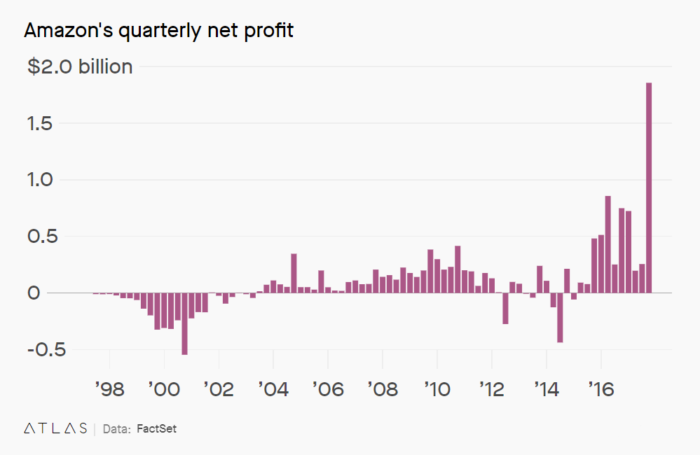Nobody wants to get caught in the sea during a hurricane.
But if it had to happen, I’d want to be on the Queen Mary and not in a rowboat.
And a lot of story stocks have been in a rowboat with one oar…
Take Carvana, for example.
It was going to disrupt the used-car industry by selling cars from a dispenser.
While its stock soared to as high as $360 per share, its financial statements looked terrible.
The business wasn’t making money or generating cash flow.
So, when the bear market came, Carvana got caught in the storm.
The company had huge debt and was in serious need of cash.
So, Carvana sold additional stock to raise $1.2 billion.
And a few days later, it raised $3.3 billion in debt — at an interest rate of 10.25%.
Ouch.
Carvana’s stock price fell by more than 90% from its all-time high.
And the company’s free cash flow isn’t expected to turn positive until 2026.
Will the company turn around and come out on top?
It looks highly unlikely to me. But it’s a question I don’t even need to answer.
I stayed away from recommending it because it was a money-losing business…
Tick Tock
Bankers have a saying: “Earnings don’t repay loans. Cash flow does.”
If a business doesn’t generate cash flow, it better stay in the good graces of its banker.
Because like Carvana, it’ll continually need to borrow money to keep operating.
And with borrowed money comes interest payments.
So, knowing the difference between earnings and cash flow is key to understanding a business.
It’s a big difference…
Because a company can be profitable, yet experience a cash crunch.
They can have earnings, but little cash in the bank.
For example, General Motors reported a profit of $10 billion in 2021.
But its free cash flow was negative $7 billion, owing to its investment in working capital.
They had to spend all their cash to increase their car inventories.
On the other hand, a business can show a loss, but have oodles of cash flow.
Amazon’s profits were negative or low for more than a decade.
Yet, it generated mountains of cash that was reinvested in the business.
Since cash was going back into the business, it didn’t show up as profits.
In fact, Amazon was light on profits for more than a decade…

Amazon kept profits low for 14 years … and then made $1.9 billion in one quarter.
So, looking at Amazon, analysts said: “It’s a business with low profits.”
They wouldn’t have come to that conclusion if they looked at cash flow.
Eventually, Amazon’s investments in Prime delivery, Kindle and the cloud paid off big time.
These investments became cash cows and profits soared.
Bottom line: A business can have a great story and be the flavor of the day…
But if its financial statements aren’t solid, we’re not interested…
Staying Alive
During a bear market, you want to own quality businesses.
And here’s the Real Talk: Businesses that are able to generate cash flow survive.
Those that don’t usually end up closing their doors.
So, investing is much easier if you stay away from companies that don’t generate cash flow.
Cash flow tells you more about a business than the stock price ever could.
In Alpha Investor, we run reports on cash flow twice a year.
And here’s what I found: Every single company in our model portfolio is generating cash flow.
That’s music to my ears.
It helps me sleep better knowing Alpha Investors are on the Queen Mary during a bear market.
In fact, several of our holdings are knocking the lights out — yet still trading “on sale.”
If you’re a member, you can check them out in my latest update right here.
And if you aren’t part of the Alpha Investor family yet…
Now’s the time to join us to find out more about the companies that are cash flowing in our portfolio.
Regards,

Founder, Alpha Investor








